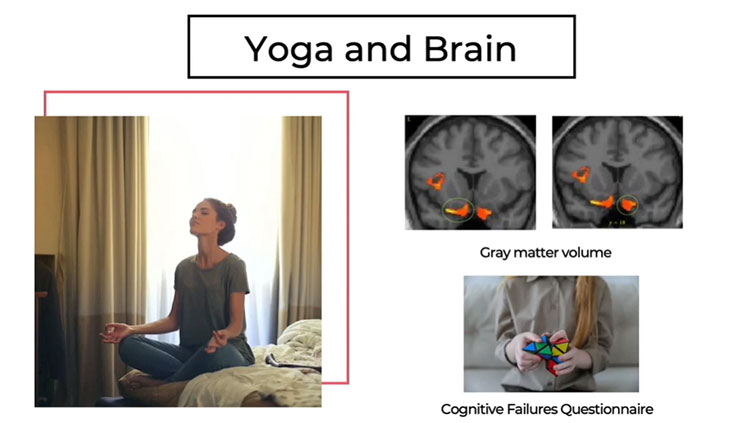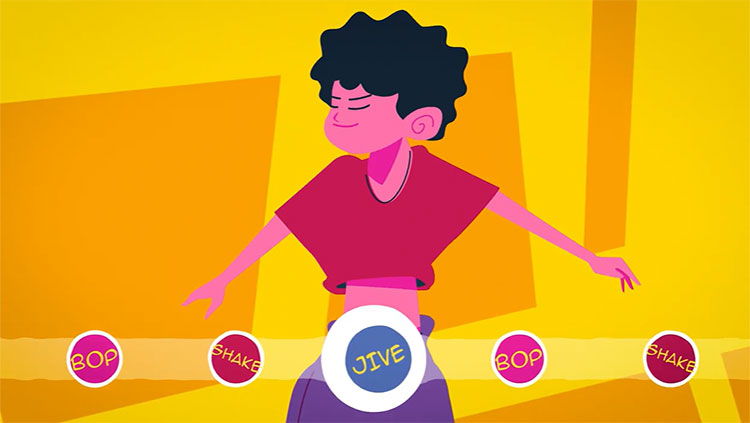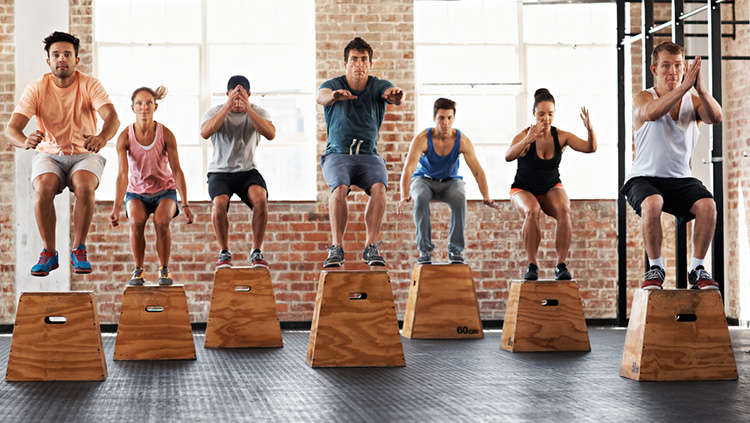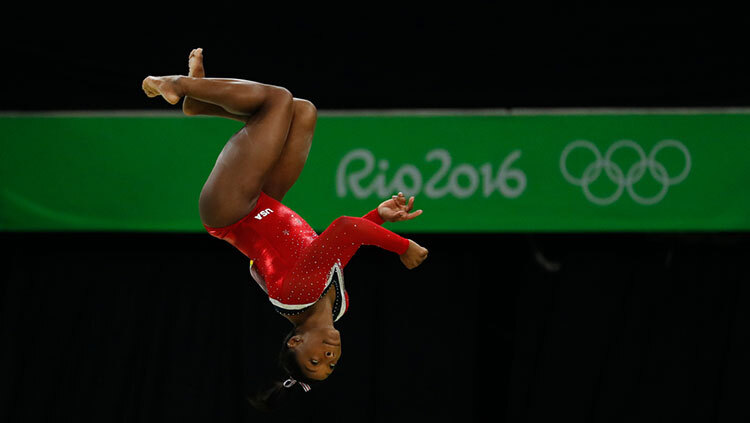Best Foot Forward: Recovering from Motor Injuries
- Published2 Apr 2015
- Reviewed2 Apr 2015
- Author Jessica P. Johnson
- Source BrainFacts/SfN
The ability to walk, as well as other motor functions, can be damaged by neurological conditions such as stroke, Parkinson’s disease, or a traumatic brain injury. Now, new insights into how the brain learns to walk may hold a key to recovering lost abilities after injury. Hear more about motor learning rehabilitation in this BrainFacts.org podcast.
Music by Josh Woodward, used under a creative commons license.
CONTENT PROVIDED BY
BrainFacts/SfN
Transcript
SfN: I'm Jessica Johnson for BrainFacts.org.
Imagine that you’re walking on a treadmill when suddenly the belt splits down the middle and the left and right sides start moving at two different speeds – so that the right half is speeding along much faster than the left half. What kind of effect do you think this would have on your gait? Would you stumble? Would you eventually adjust?
I got to find out for myself during a visit to the Motion Analysis Laboratory at the Kennedy Krieger Institute in Baltimore, Maryland. I spoke with a neuroscientist who studies how the brain learns motor skills, how neurological damage to different brain regions can disrupt motor function, and how rehabilitation techniques such as the split-belt treadmill might help injured brains re-learn lost motor skills.
Amy Bastian: My name is Amy Bastian and I'm a research scientist at the Kennedy Krieger Institute, I am a professor of neuroscience at the Johns Hopkins School of Medicine. And I'm trained both as a physical therapist and as a neuroscientist. We try to understand human movement control and how it gets disrupted with damage to the nervous system.
SfN: On the day of my visit, Amy brought me into the lab to show me the split-belt treadmill, a piece of equipment used to study how people learn and carry out walking movements.
Bastian: Do you want to try it?
SfN: Oh, sure!
Bastian: Don’t fall off.
SfN: I won’t. Well, I might.
Bastian: You won’t.
SfN: As I stand on the industrial-sized treadmill, with one foot on each of two separate belts that look like tank tracks, postdoctoral fellow Ryan Roemmich explains that the belt under my right foot is about to start moving three times faster than the belt under my left foot.
Ryan Roemmich: The right belt is actually going to be going three times as fast, so it's going to feel a little bit funny. It’s not that it’s difficult, it just feels a little bit funny.
SfN: Okay.
Roemmich: Are you ready to give it a shot?
SfN: Yep.
Roemmich: The treadmill's going to speed up in 3, 2, 1, and begin.
SfN: Whoa! Haha! That's so weird!
Bastian: Here's what's going to happen. If you walk like this for only ten minutes, it starts to not feel weird. And in fact your legs start to feel like they're moving at almost the same speed. And that's because you're learning a new walking pattern.
SfN: Initially, I find myself standing mostly on my left leg as my foot moves slowly backward on the belt and my right leg hovers in the air over the fast belt. I only touch my right foot down momentarily in order to move my left leg forward for each new step. But eventually, I find that my gait becomes more even. I begin taking longer strides with my right leg in order to compensate for the speed of the fast belt, so that ultimately I’m spending the same amount of time standing on each leg during any given step, even though my stride lengths are different. After three minutes, Roemmich re-synchronizes the belt speeds.
Roemmich: Okay, so what I’m going to do is speed you back up and now both belts are going to move exactly like they did the first time.
Bastian: Just look at me and walk normally.
Roemmich: Speeding you back up in 3,2,1, and begin.
SfN: That's so weird! That is so weird. My foot almost feels like I'm standing on a block or something?
Bastian: Some people say that their legs feel like they're different lengths after this. What you change actually is initially, one leg is sort of walking in front of the other leg, and then you re-center the point about which your legs are oscillating. You don't have to consciously think about the learning at all. And when you play that motor pattern when you go back to the other situation, it actually causes you to limp. And it also changes your perception of how your legs are moving. All of these things are recalibrations.
You only trained for three minutes, so you don't have a huge after-effect, but you have an after-effect. It takes a little while to wash out.
SfN: Scientists use tools like the split belt treadmill to understand how the uninjured brain learns motor skills, and to develop methods to rehabilitate individuals who have lost motor skills due to damaging neurological conditions such as stroke, Parkinson’s disease, or traumatic brain injury. For example, individuals with stroke frequently exhibit an asymmetric walking pattern. Split-treadmill observations suggest that walking patterns can be reprogrammed in healthy individuals, which may also prove effective as a treatment strategy to normalize the walking patterns of individuals with brain injuries.
Bastian: Our ultimate goal is to understand how to use what's left when you have damage to the nervous system in order to optimize movement control. I can give you an example. When people have a stroke in the cerebrum, in the motor areas in this upper part of the brain, they often have trouble with moving their arm and walking. We have tried to use an undamaged part of the brain that sort of more unconsciously controls walking and we put them on a device that sort of pushes them in the direction of learning automatically. And we know that the cerebellum, this lower part of the brain, is good at learning in that situation, and it learns a new walking pattern without you even thinking about it.
SfN: Other tools being explored in research labs and in rehabilitation clinics include noninvasisve brain stimulation, robotics, and even simple exercise. Noninvasive brain stimulation can speed or slow brain processes, depending on the desired outcome. Robotics is used to study how the body and brain learn motor functions. For example, so-called exoskeleton robots can increase or reduce resistance to normal movement and track how people adapt to the changes. By understanding how the body learns movement, researchers can design better therapies to restore motor function. Exercise is also an emerging avenue for rehabilitation of neurological damage.
Bastian: There are all of these exciting studies now showing not only the brain controlling the body, but the body changing the brain through activity, through practice, through repetitive movement, through aerobic exercise. What you do with your body changes how the brain represents movement. We can do very noninvasive lifestyle kinds of changes that can affect the health of your brain. It's not just that you're making your muscles stronger, it's that you're probably doing some fairly sophisticated things to the brain.
SfN: Going forward, rehabilitation treatments for neurological damage will most likely require a combination of therapeutic approaches, and tailoring techniques to individuals.
Bastian: There are a lot of groups trying to understand what the best strategy is for training things like walking after brain damage. And I'll tell you straight up, it is not one-size-fits-all. Because it can be in so many different parts of the brain and different people have different capacities. You can think of walking as requiring a collaboration between the muscles, the spine, the brain, and all of them contribute different things. And it may be that one patient can take advantage of one system, and another patient can take advantage of another system. We don't know which is right for which patient at this point, but we're trying to understand that so we can classify people and treat them the right way.
SfN: Thanks for listening. Check out more information about motor learning and rehabilitation at BrainFacts.org.
Also In Movement
Trending
Popular articles on BrainFacts.org


















